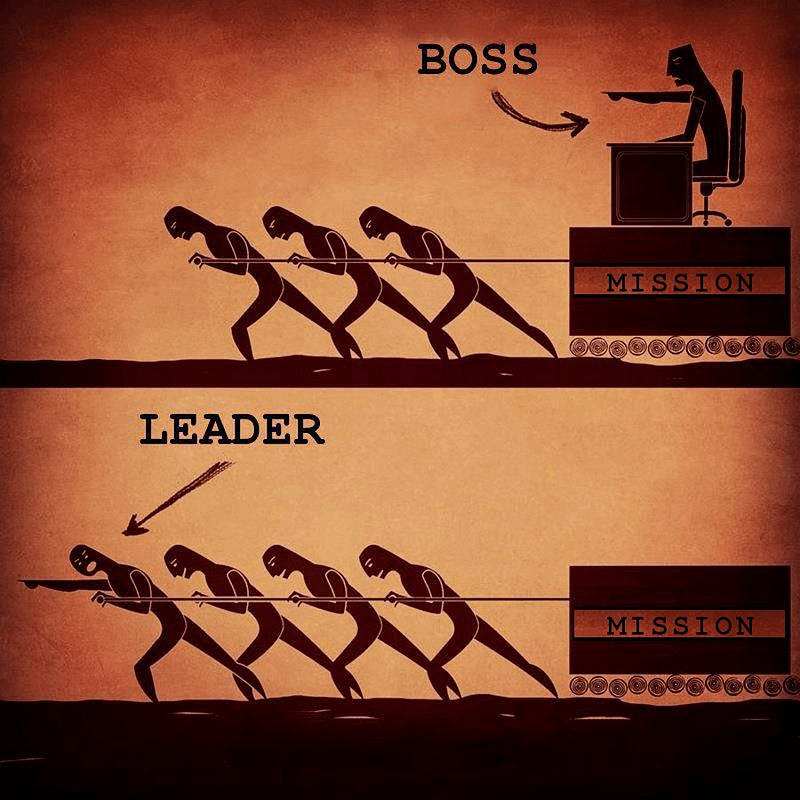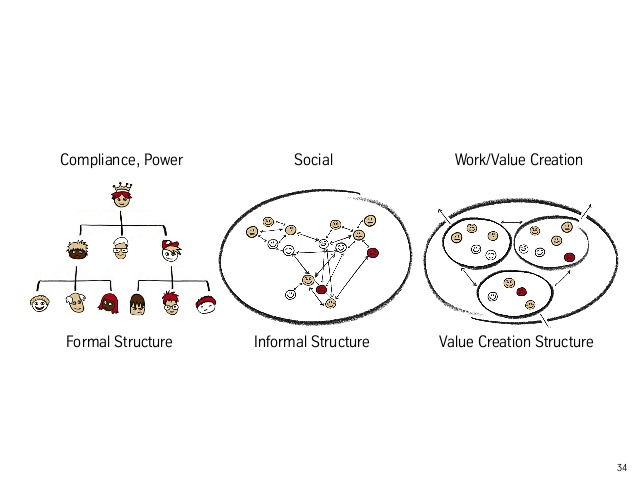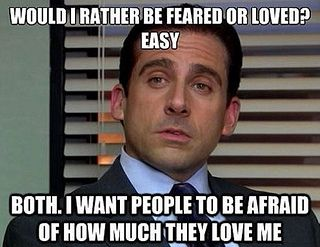Want To Lead Successfully? Don’t Depend on Your Job Title.

Leadership is one of the hottest topics in business, yet little is understood about how its role is evolving.
There is an entire industry built around leadership development. U.S. corporate training is a 70 billion dollar market and 35% of this is spent on management and leadership training. Yet, a recent New Yorker piece calls the entire leadership industry into question, as society holds a double standard of what good leaders should be: Honest with themselves but “authentic and authoritative,” even if they are anything but that.
Given this critique and our changing nature of work, it’s important to know what it means to be a good leader, especially before we continue to throw tons of money into an arguably flawed industry. What does good leadership look like in our 21st century?
Managing vs. Leading

If you’ve been in business for a while, you might know that managing and leading aren’t the same things. Much has been said about the differences between the two, but for starters:
Managing exercisesformal power and control, gives people orders, and maintains the status quo. Managing is reserved to those only in a managerial position.
Leading is about inspiring and motivating people to be their best. Leaders seek to understand the status quo and aren’t afraid to challenge it. Leading isn’t reserved to an elite few. Anyone can be a leader.
Leading in the 21st Century Organization
Our organizations are moving away from a traditional hierarchical structure and toward a network-based value creation structure, as Organize for Complexity author Niels Pflaeging puts it.

From Niels Pflaeging's Organize for Complexity keynote.
This structure could be designed (or even self-organized) in many ways ranging from a direct implementation of Holacracy, to creating self-managed teams, to formulating your own kind of operating model. This value creation structure removes the need for managers simply because everyone is managing themselves. Everyone has a ton of autonomy and will be more satisfied because of it. Decisions on specific projects are given to those whom are closest to the project and have the skills and experience to back what they have to say.
Ultimately, the value creation structure operates under the underlying assumption that people are good, and thus, shouldn’t be tightly controlled and treated like they can’t be trusted.
Obviously, it’s foolish to believe hierarchy will completely disappear from this shift. Every organization has some extent of a formal structure. We’re just going to see less of it.
This new model will be the way our organizations will be run if they want to continue to produce value. And as hierarchical structures become less prevalent, the value of managing will decrease. And because a new networked-based model is emerging, the value of leading will increase.
Two Ways to Influence: Dominance and Prestige
In any group setting, social psychologists have found two ways to influence others:
Dominance:Instillingfear, intimidation, and coercion to attain social rank. Managing is more related to dominance.
Prestige: Being recognized for our skills, successes, and knowledge (This is far from what we typically think of as a “prestigious school” or “prestigious company”). Leading is more related to prestige.

It’s easy to think that prestige is better in every situation. But the research reveals that the best approach depends on the type of work being done. University of Urbana-Champaign Professor Joey Cheng found in her recent study that when work was routine and not complex, dominant leaders got the work done more effectively.
However, when the work required creativity, innovation, and divergent thinking,prestige was much more effective.
While the effectiveness of both approaches depends on the specific context, in our current economy, the value of work that is creative, innovative, and requires divergent thinking is increasing. Technology is taking over the standardized, routine work and will only continue to do so, but a robot will never be able to do truly creative and innovative work. As put by Andrew McAfee and Erik Brynjolfsson in The Second Machine Age,
“We’ve never see a truly creative machine, or an entrepreneurial one.”
Work that requires creativity, innovation, and divergent thinking isn’t just here to stay, it’s the most valuable type of work there is.
It’s also the exact type of work that leaders with high prestige excel at.
For instance, open-source software company Red Hat is an organization that values prestige-based leadership over dominance. In The Open Organization, Jim Whitehurst describes how they’ve cultivated a culture of a prestige-based meritocracy:
“The folks who earn the most influence… tend to be those individuals who contribute the best code or new ideas, or even have a gift for spotting bugs.”
Red Hat knows that those who deserve to lead have the skills and knowledge of someone with high prestige (e.g., good code, ideas, and problem solving). Even though Red Hat has managers and a formal hierarchy, those who have most say in project decisions let their track record do the talking, not their title. Whitehurst concludes:
“There really is an objective beauty to this principle because titles, experience, and politics begin to matter far less than insight and sound reasoning.”
In sum, our organizations are moving away from a traditional hierarchy into a network-based value structure, and the need for creativity, innovation, and divergent thinking is high. These two shifts demand that, now more than ever, people in our organizations need to be great at leading.
Not just managing.
Encourage people to lead not because of their title, but because they deserve to, and watch your organization flourish.
